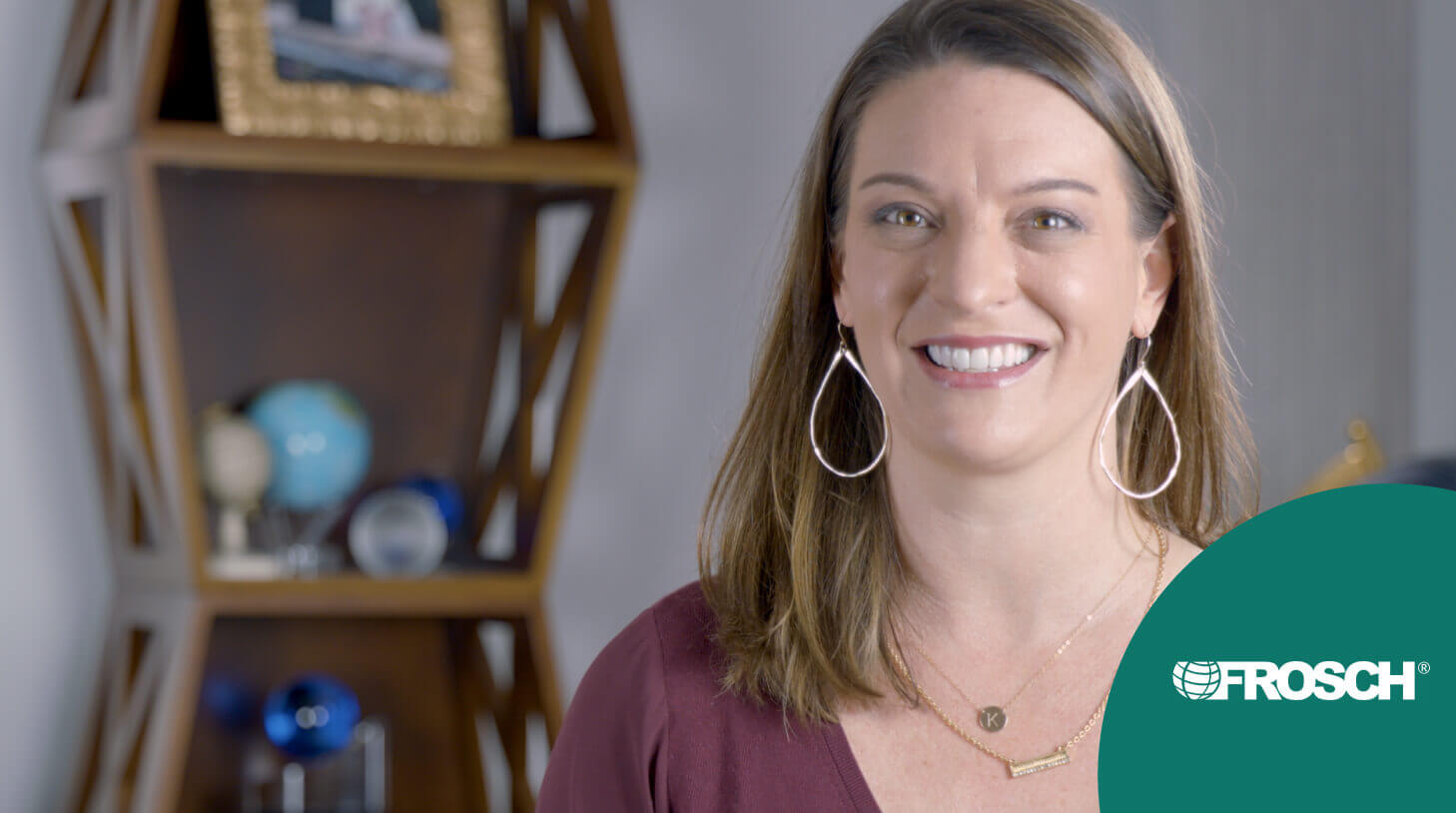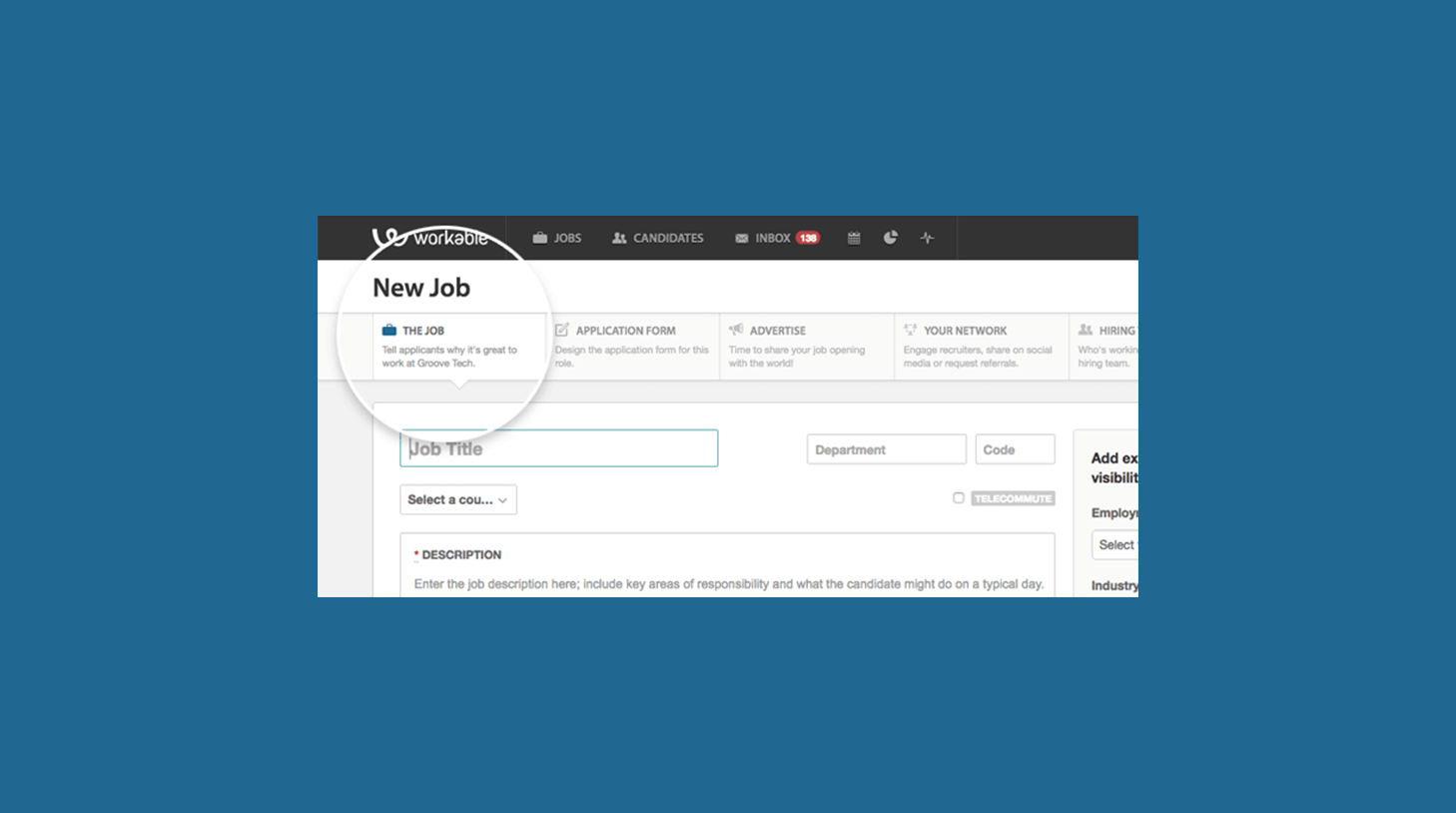How to Create and Launch an Employee Referral Program
Boost hiring with an effective employee referral program. Learn steps, incentives, and KPIs to track success with Workable’s tools.

Your next great hire might already be connected to your current employees.
While job boards flood you with hundreds of resumes and recruiters drain your budget, employee referrals bring in candidates who are pre-vetted, culturally aligned, and ready to contribute.
The numbers tell the story. Referred candidates are 55% faster to hire and stay with companies 70% longer than other sources. Referred employees stay longer, yield a higher ROI, and are happier and better at their jobs than those who aren’t.
Creating an effective referral program takes more than just asking employees to spread the word. You need a structured approach that motivates participation, tracks results, and grows with your company.
This guide will show you how to build a referral program that works – from setting up incentives to measuring success. You’ll learn proven strategies to turn your employees into your most effective recruiting channel.
Actionable steps to launch an employee referral program
Small businesses have small HR teams, often just having one dedicated HR person if that. Running a referral program can feel unnecessary or overwhelming given the circumstances.
A successful referral program comes down to smart planning and implementation – clear goals, simple processes, and measurable KPIs that are tied to your overall business strategy.
Define program objectives
First, be very clear and specific on what you want to achieve with your employee referral program and why. Some goals for your program might include:
- Increasing quality of hires: Improving your retention rate and finding strong-fit candidates who align with your company culture
- Reduce time-to-hire: Filling open positions faster than you would with traditional hiring methods
- Boost employee engagement: Building a stronger team through employee participation
Pick 2-3 metrics to focus on, and stay focused on those. It’ll make it easier to measure the progress and success of the program.
Create a simple, clear process
Your referral process should be easy enough that any employee can explain it in under 30 seconds. Make it straightforward enough so that everyone on your team knows who is eligible, how to refer candidates, and how the process works.
Make a standardized submission form. Online or email employee referral templates are helpful here. Choose the best platforms to communicate the employee referral program and how it works—it can be through email, Slack, internal staff meetings, or the company intranet.
Keep employees in the loop about the status of their referrals. Share the success stories about your hired referrals to show them that the program works and their efforts matter.
Establish incentives
The rewards for your referral program should be meaningful enough to encourage participation, while still being sustainable for your company budget.
The incentives you give in your referral program can be monetary (bonuses, gift cards, cash prizes), non-monetary (extra PTO, shout-outs in Slack), or tiered (based on seniority or role difficulty).
A few ideas you might consider for prizes:
- Cash bonuses ($500-$2,000 depending on the role and job seniority)
- Extra vacation days
- Gift cards or premium experiences
- Charitable donations in the employee’s name
You can also split rewards into milestones—give part of the reward when the candidate is hired, and the rest after they pass their first 30/60/90 days.
The point here is to make the program fun to participate in, and give them a reason to care.
Promote internally
Don’t just launch your program and then never update it again. Keep it visible, and keep people active.
Start with a kick-off event to introduce the program and the rewards. Have your key leadership champion the program internally in your newsletter and publicly on their social media platforms. That will get more eyeballs on the program and help to drive interest and momentum.
Track important key performance indicators (KPIs)
After the initial hype and momentum, you’ll need a way to measure the success of the employee referral program as time goes on. Then you’ll have visibility on what’s working and what isn’t, and make adjustments accordingly.
Track these metrics to assess your referral program’s effectiveness:
Referral quality rate
This is the percentage of referred candidates who pass the initial screening.
Look at the performance ratings of referred hires vs. other sources. You can also benchmark retention rates at the 6-month and 1-year marks.
Time and cost metrics
Look at how long it takes from the time a referral applies to the time they’re hired. You can also measure the relevant cost of a referral hire compared to a hire made through old-fashioned recruiting.
Then, compare that to the total cost of the program, including the rewards paid out.
Participation and Engagement
- Percentage of employees submitting referrals
- Referrals per department/team
- Repeat referrers
Diversity Metrics
- Demographics of referred candidates
- Conversion rates across different groups
- Source diversity in your referral pipeline
Program ROI
- Total cost savings vs. traditional recruiting
- Revenue generated by referred employees
- Return on referral reward investment
Review these metrics quarterly and adjust your program based on the data. Low participation might signal weak incentives, while poor conversion rates could indicate process bottlenecks.
Best practices for scaling your referral program
A successful referral program needs room to grow. The strategies you use to build the program will take weeks and months to play out and develop. There are some best practices to keep in mind here:
Start small, think big
Begin with a limited number of roles to test out the program on a small scale. Start with one job, one department, and one category. Measure the program’s value over time, and document what works. Then roll out for the rest of the organization.
Having employee referral templates can give you a foundation to build from and get started quickly, as you customize and tweak the program over time.
Automate where possible
Use applicant tracking systems for referral submissions, and send out automated status updates to the referrer employees. It’s also helpful to have referral email templates for any routine communication.
Workable’s automated referral tracking system can help you manage the referrals efficiently as the program grows.
Keep communication clear
Have a central hub for information about the program. Update the guidelines as you expand, and send regular performance updates. When a referral is successfully hired, share the news across your organization to show people that the program is working.
Adjust for growth
Start with the most basic and streamlined system possible, then add more complexity to it as you go along.
Be sure to get feedback from the different departments to get their perspectives. If any issues do pop up, be sure to address them early before they stymie the growth of the referral program.
Keep in mind: growth should improve your program, not complicate it. Focus on simplicity, consistency, and quality as you scale.
Incentive options to motivate employees
The success of your employee referral program only works if employees are willing to participate.
Cash bonuses are a standard reward in referral programs, but as a small business, you only have so much money to give away. If you’re flexible, creative, and think a little outside of the box, there are lots of different rewards and incentives you can doll out to get people on board with the referral program. You can make it fun, and exciting, and even make it feel like a game.
Financial rewards
Monetary bonuses are the most obvious and straightforward type of reward.
Many companies start with a basic signing bonus—starting at $1,000 for entry-level roles, and up to $3,000 for more senior ones. It’s a good idea to split the payment. Give half when the candidate is hired, and half after they finish probation.
Instead of cash, you can also use gift cards. Amazon, Walmart, Airbnb, major airlines, and hotel chains; all make a nice alternative to cash that translates into real benefits and unique experiences.
A lot of companies also have success with offering spot rewards. Offer smaller amounts ($100-200) when the referred candidates make it through different stages in the hiring process. It helps keep the employee engaged throughout the referral journey and helps give traction and small wins for the program.
Beyond money
Money is important of course, but it’s not everything. Non-monetary rewards can also help with long-term engagement. There are plenty of other ways you can encourage people to join in on the referral program in a way that still makes a difference in their day-to-day.
- Experiential rewards: Offer unique experiences like trips, concert tickets, or dinners. These open the door to once-in-a-lifetime experiences
- Tech Gadgets: For tech teams, offer the latest gadgets (tablets, noise-canceling headphones) as rewards
- Custom recognition items: Personalized plaques, branded items, or trophies for top referrers. These help people feel like “part of the team”
There are also workplace perks you can reward program participants. Premium parking spots, first pick of projects, and professional development and skill-building opportunities can help drive participation without putting strain on your budget.
Department-Specific customization for your referral program
The mechanics and incentives for one department’s referral program may not necessarily fit another. Different roles have different incentives and rewards that appeal to them. You can make them work in synergy with some strategic thinking and understanding what each of them wants.
- Sales teams: Offer your salespeople performance-based incentives, like larger bonuses for closed-deals.
- Technical teams: Consider non-monetary rewards like tickets to tech events and conferences. Reward other employees for referring candidates with strong technical skills like engineers and developers.
- Creative teams: Focus on culture-fit referrals, and offer recognition and development opportunities as incentives.
- Leadership roles: Higher bonuses, exclusive benefits, and invitations to team retreats help referrers in the core leadership feel special.
Get inventive, try different systems and rewards, and hone in on what works over time.
Referral program success stories
If you need to convince your core leadership or C-Suite that a referral program is a good idea and could work for you, it’s helpful to have some case studies on hand for people who have done it before.
Some of the most well-known companies in the country launched successful referral programs using unique, forward-thinking strategies tailored to their culture and organizational style. Here are some of the best examples you can look at—notice what they did right, and you can replicate their success.
GoDaddy
The hosting provider and website builder did some out-of-the-box thinking when implementing their referral program. Rather than dish out more money, GoDaddy gave out hand-held mirrors with engraved messages to participate in their recruiting efforts.
Despite reducing their referral bonus from $1,000 to $3,000, GoDaddy saw a rise in their employee referral rates from 17% to 33%.
Salesforce
The cloud computing company Salesforce gets 41% of its employees through referrals, more than any other company in the United States.
To get employees to participate, Salesforce offers a $2,000 cash bonus for every successful referral. Employees have collected a total of $7 million in bonuses from that alone. They also have a process to contact and review referrals within seven days and have an app that allows employees to track the referral’s interview journey.
Salesforce also hosts Recruitment Happy Hours where team members can invite friends they want to refer. That sets a fun and relaxed setting for recruiters to get to know potential candidates.
PURE Insurance
PURE’s employee insurance program has generated 40-60% of its new hires through referrals.
How do they do it? By getting new hires in on the program as soon as possible. PURE Insurance asks all new employees to refer candidates within their first month, to build on their positive first experiences. They also give employees public recognition for successful referrals, to grow the kind of culture that rewards it.
You can build a referral program that works
A successful employee referral program combines clear objectives, attractive incentives, and consistent tracking. Start small, measure your results, and scale what works. Most importantly, make it easy for your employees to participate.
Ready to take your referral program to the next level? Learn how to track and manage referrals with Workable’s built-in tools. Our platform helps you automate the entire process, from submission to reward distribution.
See how Workable can transform your referral program, and schedule a demo today.



